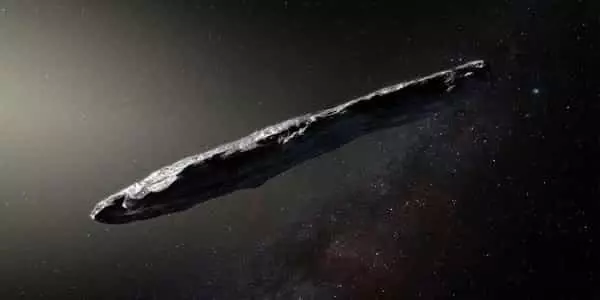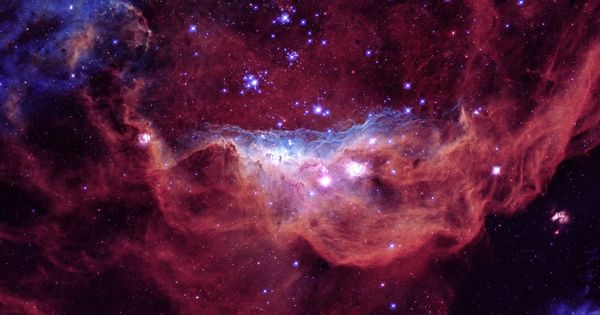The chance discovery of a strange brown dwarf by a citizen scientist exemplifies the enticing borderline between stars and planets. Brown dwarfs, also known as “failed stars,” are larger than most planets but not heavy enough to ignite like stars. According to NASA, citizen scientist Dan Caselden discovered a brown dwarf nicknamed “The Accident” by chance, as the cosmic object does not resemble any other brown dwarfs discovered in the galaxy to date.
A group of scientists discovered a strange new celestial body in our galaxy’s interstellar space, which they have dubbed “The Accident.” The Accident is similar to a brown dwarf, a type of space object that weighs between the largest planets and the smallest stars but isn’t massive enough to trigger the fusion reactions that give stars their intense brightness.
The novelty of the new discovery stems from the fact that brown dwarfs are typically young — but the Caltech-led research team that discovered The Accident estimates that it is between 10 and 13 billion years old. Their findings, published in The Astrophysical Journal Letters, point to an entirely new category of a celestial body that has previously been unknown to science.
A team of scientists found a bizarre new celestial body out in our galaxy’s interstellar space that has them so baffled that they’ve nicknamed it “The Accident.”
Lucky Find
According to a press release about the discovery, the name “Accident” came from the fact that scientists discovered it by chance. It’s just different enough from other brown dwarfs that it got screened out of the surveys that discovered the other 2,000 brown dwarfs in our galaxy.
The Accident, with the incredibly dry scientific name WISEA J153429.75-104303.3, resembles the dim, burning-out spectrum of a typical brown dwarf in some ways. However, it burns brighter in other wavelengths, distinguishing it. “This object defied all of our expectations,” said lead study author and Caltech astrophysicist Davy Kirkpatrick in a press release.

Ancient History
That seemingly contradictory data, implying that The Accident is unusually hot and cold, eventually paints a picture of a celestial body that is twice as old as the average brown dwarf and thus formed when the galaxy had a very different chemical composition.
“It is not surprising to find a brown dwarf this old, but it is surprising to find one in our backyard,” study co-author and Caltech astrophysicist Federico Marocco said in a statement. “We expected brown dwarfs of this age to exist, but we also expected them to be extremely rare. The discovery of one so close to the solar system could be a lucky coincidence, or it could indicate that they are more common than we previously thought.”
The Milky Way was almost entirely composed of hydrogen and helium when it formed about 13.6 billion years ago. Other elements, such as carbon, formed within stars; when the most massive stars exploded as supernovae, the elements were dispersed throughout the galaxy.
Methane, which is composed of hydrogen and carbon, is abundant in most brown dwarfs with temperatures similar to The Accident. The Accident, on the other hand, has a low methane content based on its light profile. Because methane, like all molecules, absorbs specific wavelengths of light, a methane-rich brown dwarf would be dim in those wavelengths. The Accident, on the other hand, is bright in those wavelengths, which could indicate low methane levels.
As a result, The Accident’s light profile may resemble that of a very old brown dwarf that formed when the galaxy was still carbon poor; very little carbon at formation means very little methane in its atmosphere today.
“It is not surprising to find a brown dwarf this old, but it is surprising to find one in our backyard,” said Federico Marocco, an astrophysicist at Caltech’s IPAC who led the new observations with the Keck and Hubble telescopes. “We expected brown dwarfs of this age to exist, but we also expected them to be extremely rare. The discovery of one so close to the solar system could be a lucky coincidence, or it could indicate that they are more common than we previously thought.”
















